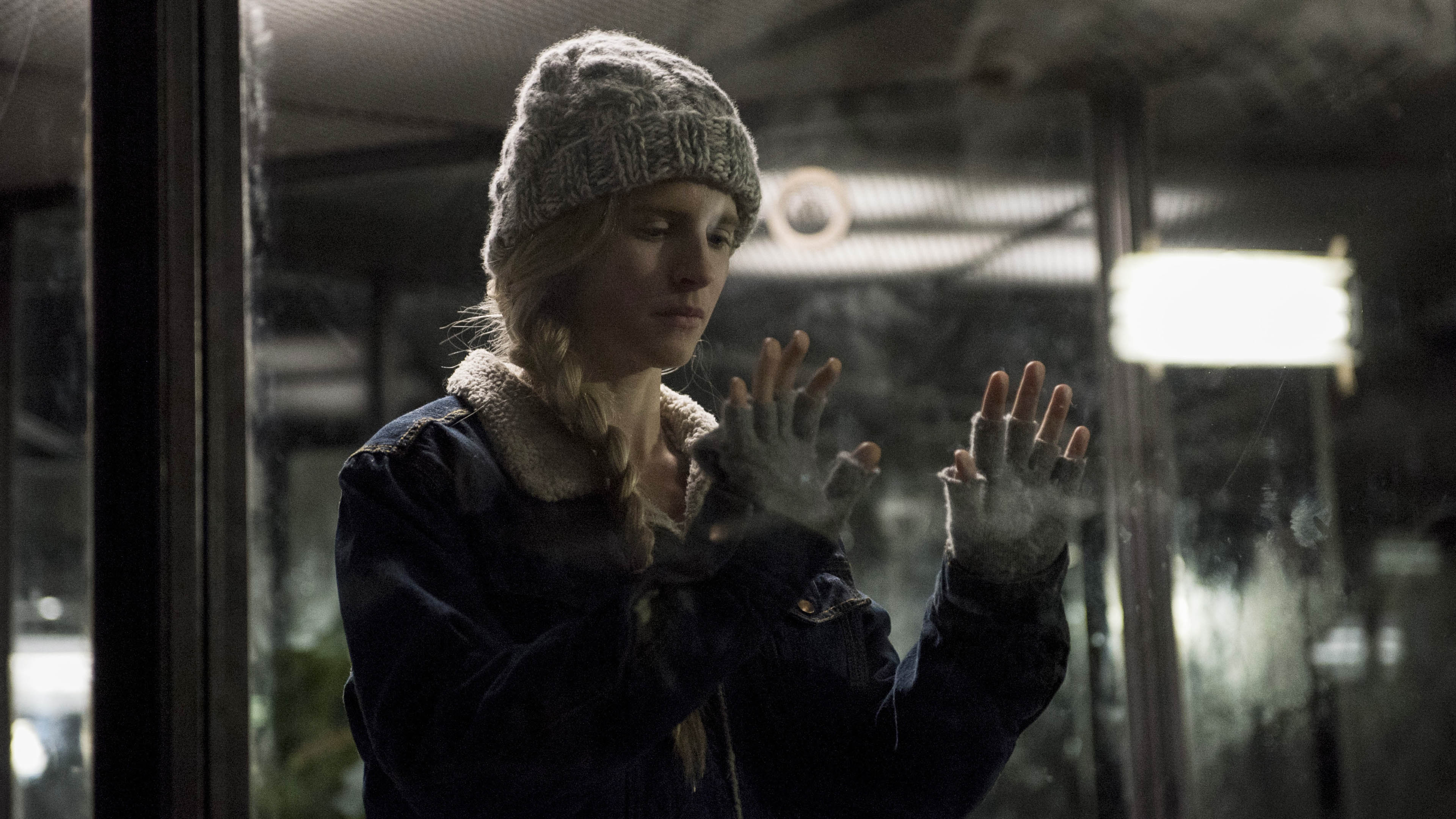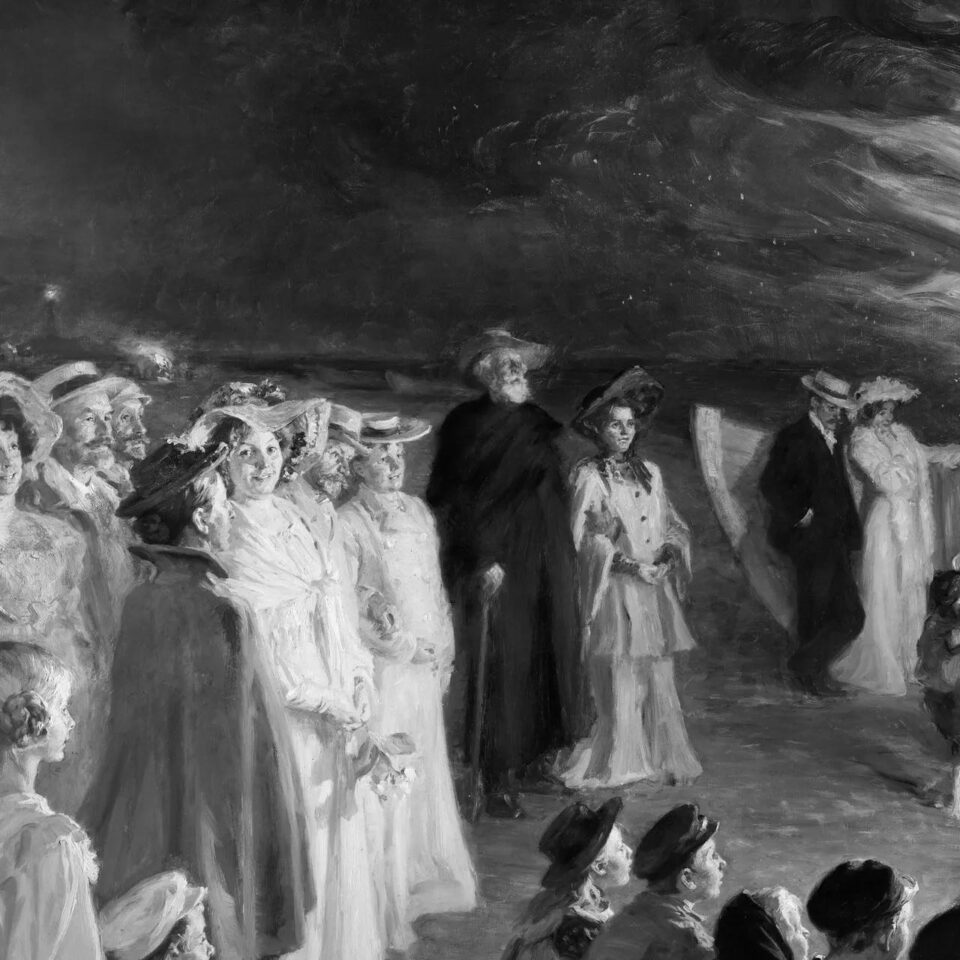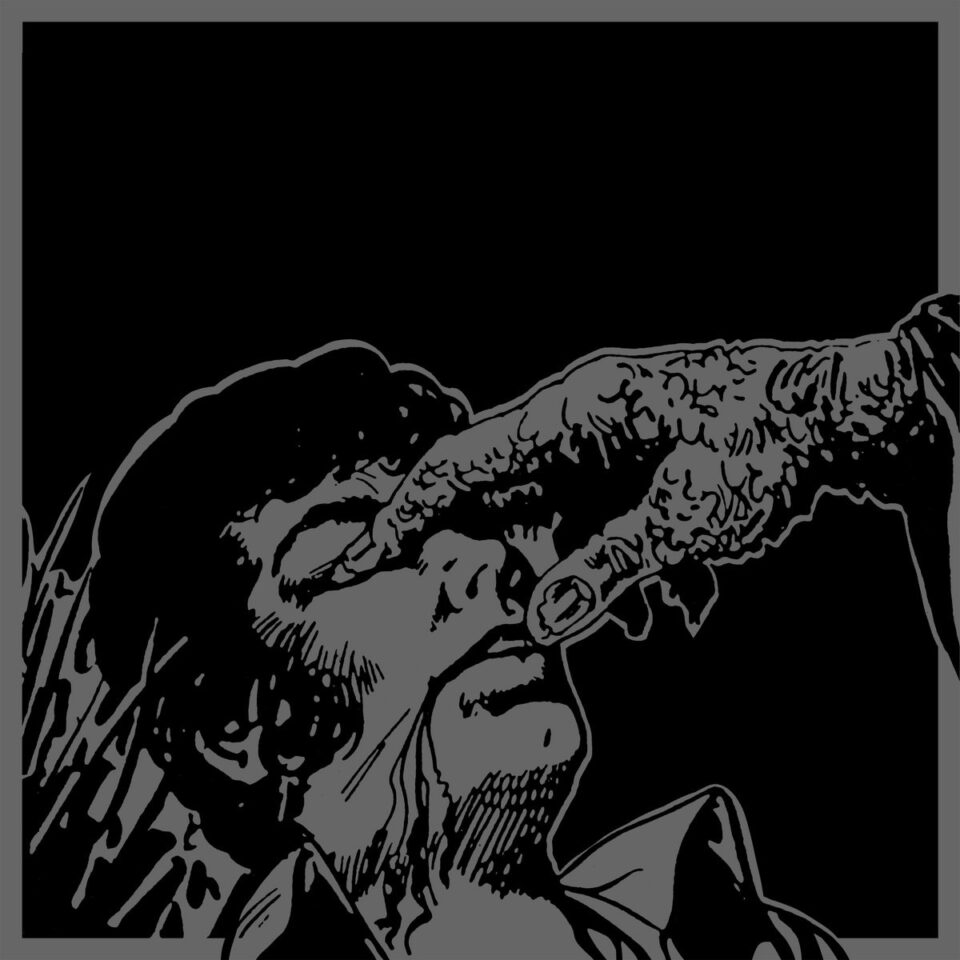Note: Spoilers from season one of The OA follow.
The OA is unprecedented in its breaking of serialized storytelling norms. The Netflix series—which co-mingles elements of mystery, thriller, science fiction, and coming-of-age narratives—favors the visceral over the intellectual, sincerity over irony, and the amorphous over the linear, among other divergences. Its explorations of metaphysics, celestial spaces, and trauma are rare exercises in unbridled creativity that at their very core require a disconnect from logic and an even greater-than-usual suspension of disbelief.
The show centers on the life of Prairie Johnson, a formerly blind woman traumatized by her past, played by the show’s co-creator Brit Marling. Missing for seven years, Prairie suddenly reappears in the first episode, eventually captivating a rapt audience of four troubled teenage boys and their teacher with tales of past abduction, near-death experiences, alternate dimensions, and the healing power of celestially transmitted choreography called The Movements. It’s a lot to take in, to be sure. Particularly if the viewer spends the show’s eight episodes attempting to make sense of it all.
A production built upon these themes is by all accounts a risky endeavor for a platform whose most popular original content traverses nostalgia, political conspiracy, and the popular hourlong dramedy. That the show was picked up at all is a testament to the open-mindedness of Netflix as an original-content engine, and even greater evidence of the diversity and artistry of the minds behind contemporary scripted television.
Despite the show’s obvious rule breaking, it seems that fans and critics can’t help but apply standard analysis to the nonconforming show. That’s not to say baseline observations on the quality of its acting, directing, and writing shouldn’t be applied simply because it’s different. By those measures, The OA certainly passes. Its narrative concept is wildly creative and genre bending; it makes a point to drop just enough easter eggs to be cohesive, even with its controversial ending. On the surface it’s clunky, but at its heart it unites a group of kids over a tragically common phenomena, and it empowers them to transcend their social differences to rescue one another (not to mention their peers) through a shared experience and physicality.
But The OA doesn’t deal in tidy wrappings or excessive exposition; it’s actually not at all concerned with explaining itself. Instead, it challenges the viewer to feel, and to experience rather than to analyze. Thoughts are naturally provoked, but they’re secondary little treats in a greater exploration of empathy, community, love, and camaraderie. Does FBI agent Elias Rahim plant the books under Prairie’s bed or is she so clumsy that she leaves them to be easily found? We may never know. Was this an intentional device used to derail anyone certain they’d cracked the logic code behind Prairie’s abstruse existence? Most certainly.
As Prairie, Marling is a captivating lead who lends a deep sense of humanity to concepts that are otherworldly, and to an equally compelling cast of actors who excel in their roles. Her sincerity in doing so is admirable, but it also makes her an easy target for knee jerk snarking.
What The Movements accomplish is a valuing of the power of the body as a conduit for goodness and unity.
The Movements have been tagged with innumerable references to “interpretive dance.” It’s a funny-enough way to write them off as woo woo, but a great disrespect to the show’s esteemed choreographer, Ryan Heffington, a Grammy Award nominee who counts Sia and FKA Twigs among his client roster (both notable artists who are shattering glass ceilings in pop music). Audience discomfort with sincerity aside, blanketed criticism of The Movements also points to a troubling animosity toward feminine expression and its relevance among classically masculine roles—that of leader and savior. Can the world really be protected through perfectly executed dance? In The OA it can. Whether The Movements unite an otherwise disconnected coterie of teenage boys simply through their belief in them or actually transfer mystical healing powers remains to be seen (Marling has already expressed interest in doing a second season, though Netflix hasn’t yet picked it up). What The Movements accomplish is a valuing of the power of the body as a conduit for goodness and unity, a harkening to tribal instinct and communing that has nothing to do with reasoning.
https://www.youtube.com/watch?v=zS9zL8IB3Hk
Standard expectations of televised narratives, such as tidy payoffs or the redemption of a deeply flawed antihero, certainly can’t apply in a show so intentionally steeped in ambiguity that it never intended to explain itself. There are most certainly holes, but what’s most important to The OA is the visceral connection that very deftly illustrates a uniting of disparate humanities.
Still, the almost universal question looming among critics and fans of The OA centers on the veracity of Prairie’s claims. Did she have a near-death experience as a child in Russia that caused her biological father to send her the States? Or is she an unstable trauma victim who’s read too many books about Russian oligarchy? Was she held captive by an abusive mad scientist? Or did she make the whole thing up? The answer, quite simply, is that it doesn’t matter. FL









